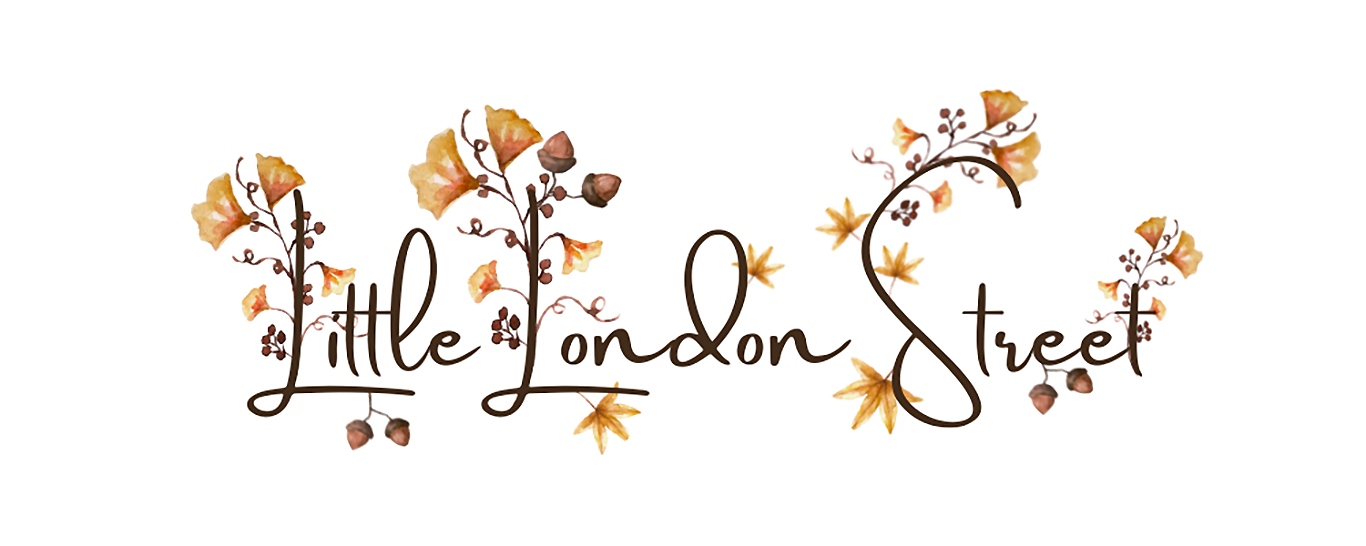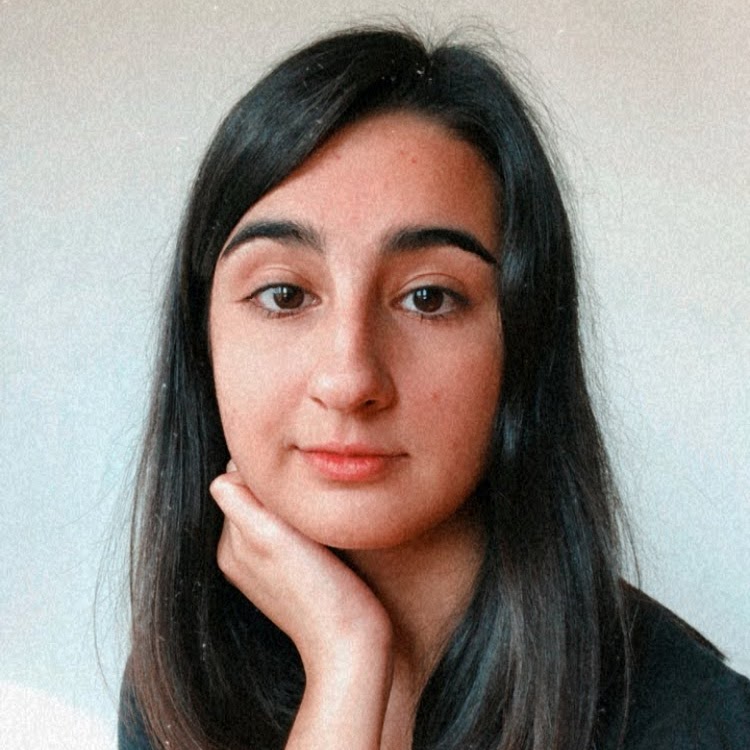
Hi guys! I am really REALLY excited about today's post, because I'm collaborating with the wonderful Lila Kims @ The Red-Hooded Writer! We decided to talk about discovery writing, or "pantsing"—writing by "the seat of your pants" without any set outline to guide you—and our experiences with using this interesting method of writing. Over on her blog, she wrote part 1 about how she "pantsed" her first draft, and over here I'm focusing on methods of structuring to help you "pants" your story with few complications. And now the quotations are getting old so I'm going to start treating it like a real word.
To start, am I a pantser or a plotter? I'm a little bit of both. I like having a structure, but I've created outlines that eventually made me feel restricted and bored with my story. I don't think that starting a story with no clear direction is smart. I also believe that too much plotting will ruin the fun. So my solution is to find the perfect balance of just enough structure and just enough discovery to keep myself interested.
Do you have to plan a story before you start writing?
The short answer is no, but that would be a bit of a lie. From what I've observed about storytelling, I've noticed that a good story has a natural structure—a beginning, a conflict, and an ending. And maybe that seems kind of obvious, but you'll understand the simplicity when I apply it to pantsing a story. When I came up with the premise for my story Divided, I first came up with
"twelve of the same person exist in the same time-frame and one of them is a psychopath*."
Maybe that sounds clear enough to begin writing, but it's not. It's too vague. It doesn't have a conflict, so it's not yet a story. I worked on this idea a little more and came up with
"twelve of the same person exist in the same time frame and the psychopath version wants to take revenge on the doctor who headed the experiment."
After a little more thought, I knew that I would start the story with the psychopath's POV, and there would be four other major characters. (I would tell you the ending**, but if I ever publish it...#spoilers.) That's when I started writing. My point is that you only have to know the vaguest idea of your story, but that should be enough as long as you know the bare bones***. Why does this work? Because natural (good) story structure is embedded in storytelling.
*I swear, it's a G-rated story with just a little bit of crazy! Please don't send the cops after me.
** If you must know, my original idea for the ending was, I quote, "'happily ever after' and someone important dies." I know, very specific.
***Or the very, VERY bare bones, as demonstrated in previous footnote (**).
 |
| via unsplash.com |
THINGS I DISCOVERED WHILE WRITING
- My MC was female and biracial and almost the exact opposite of me
- She was very spontaneous and quick to solve unexpected problems, probably because that's how I was writing the story. Interesting, right?
- My love interest was British (surprise, surprise)
- He also apparently wears rumpled blazers
- It took place in New York City and Chicago
- There's a murder plot that was completely unintentional
- The chaperone happened to be an immature thirteen-year-old with a "save the turtles" tee shirt
- Apparently now the futureness is involved in the presentness and the pastness is all scrambled and I'm confused but it works with surprisingly few plot holes
- These things just happened, people
The Classic 3-point structure
I literally wrote "inciting incident:...; act 1:...; act 2:...; act 3:...; plot twist:..; conclusion:...." This is now my lazy go-to outline, the one that I write just so I can have a visual of my story's direction (because I forget really easily, it's ridiculous). I filled these in with strict, set points (no wiggle room here!) and left the space in between the points empty.
HAHA but I wasn't done yet. I had to come up with a second method to fill in these blanks...with something. I needed a method to kick my imagination into gear. The logical thing was to use my current favorite method of escaping writers blank. Introducing, the
Simple Point-A-to-Point-B method
This works for any size chasm in your story, as long as you know where you are and where you need to be. This helps me work out the little details of a scene that I've only generalized before. I usually do this by writing out in a paragraph or two what is going to happen next (within the next few scenes, chapters, etc.). But believe me, it is by no means neat or organized.
Pantsing a story is really fun, but having one (or more) structuring methods handy to help you along while you write will enhance the experience. You don't have to have everything planned beforehand. You can discover it as you write, but finding your perfect dose of structure will make it about a hundred times easier to let your creativity flow on paper.
I'm a big believer in finding the right balance for yourself, so below I've listed some other handy-dandy (fun and creative) methods of structuring that you can use as you write. Each one can be altered to fit your needs, in case the methods I used don't work for you like they do for me.
 |
| via unsplash.com |
SOME OTHER METHODS OF STRUCTURE TO HELP YOU FIND YOUR PERFECT BALANCE
The Filmstrip
If you're a visual person, this might work for you. The way I work on my filmstrips is by choosing pictures (from google or unsplash.com) that communicate the vibe I want for each chapter of the story. (One picture counts as one chapter.) Then I write a short synopsis of the chapter with as few or many details as I want beside the picture. The picture reminds me of the main idea of the chapter so I can know how to connect all of the story points at a glance. I've found that this method helps my story flow while still giving me the creative wiggle room I enjoy. For me, this is like watching the movie I wish I could make for my story.
Pinterest (duuude)
Similar to the filmstrip, I know many people like to use Pinterest to plan their story. I like to stick to just making story aesthetics on this platform because I find it hard to organize. However, you might enjoy it and the constant flow of inspiration that pops up with the feed.
Snippets
If you enjoy writing snippets, use those snippets to chart the flow of your story. You can use the emotions in a dialogue snippet to pinpoint plot twists or other significant events, or you could use description snippets to map out your setting/time and action scenes. That way you also don't forget to include these snippets somewhere (like me).
Checklist of Scenes
This is basically a list of events that I write down and check off as I go. This is great if 1) I already know where my story is going, and 2) the plot is pretty straightforward and not particularly complex. I write it down, and then check them off as I go. This method leaves me a lot of room to alter the story, change the direction, subtract scenes, add scenes, etc. The checklist itself does not have to be detailed. Sometimes I write as little as "Kendra eats breakfast." Just little things like that. It also works as a good way to remind myself of scenes that I've imagined for the future, but will probably forget by the time I actually write them down (I'm a chronological writer).
Care to chat?
Are you a pantser or a plotter? What are your favorite ways to structure a story? Do like to plan all the juicy details or are you pretty discovery-driven? Don't forget to read Lila's awesome post (<---linkedy link) and leave some of your thoughts over there too! A HUGE thank you to her for collaborating with me!!
Smiles!
Nicole
*featured image background from unsplash.com
DISCLAIMER: I am in no way a professional. All of what I've written in this post is based on observation and personal experience.










GREAT IDEAS!!! Especially about the filmstrip. Genius! <3
ReplyDeleteThis was a great collab! Good job, both of you!
THANK YOU SO MUCH!! I’m so glad you enjoyed it, Nicole! :D
DeleteI love these ideas! I use the snippets one a lot. :D
ReplyDeleteI’m glad you enjoyed! :D
DeleteI love this collab!! <3 Seriously, I want to pants my next book now, and I already have a plot bunny for it so YAYAYAYAAAAHAH! Thank you for the awesome post and for inspiring me!
ReplyDeleteDanielle | silverphoenixwriter.blogspot.com
Thank you so much, Danielle!!!! And YES, write that plot bunny! I’m so glad we wrote something that inspired you! ☺️
DeleteOh my goodness, I LOVE your post, Nicole!! Some of those methods you listed I've never heard of and might have to try out next time I pants a story! Thanks! ;D
ReplyDeleteAnd duuuuuude, I SO want to read your psychopath story now!
THANK YOU FOR REACHING OUT TO ME ABOUT COLLABORATING!! I had so much fun chatting with you about it and putting the post together. You're awesome. <3 <3 <3
Ahhhhhh thanks!! :D yeah, half of them are, ahem, newly invented. XD but others are based on research and stuff, so they DO work. XD
DeleteTHANK YOU!! I’m getting ready to go through edits on the draft. It’s got a long ways to go, but hopefully I’ll be able to publish it in the future.
Thank you for working with me! I had a blast, too. Maybe we can collaborate again sometime! I think that would be really fun. =D
Great collaboration comes with a great ideas.
ReplyDeleteTrue, true!
Delete